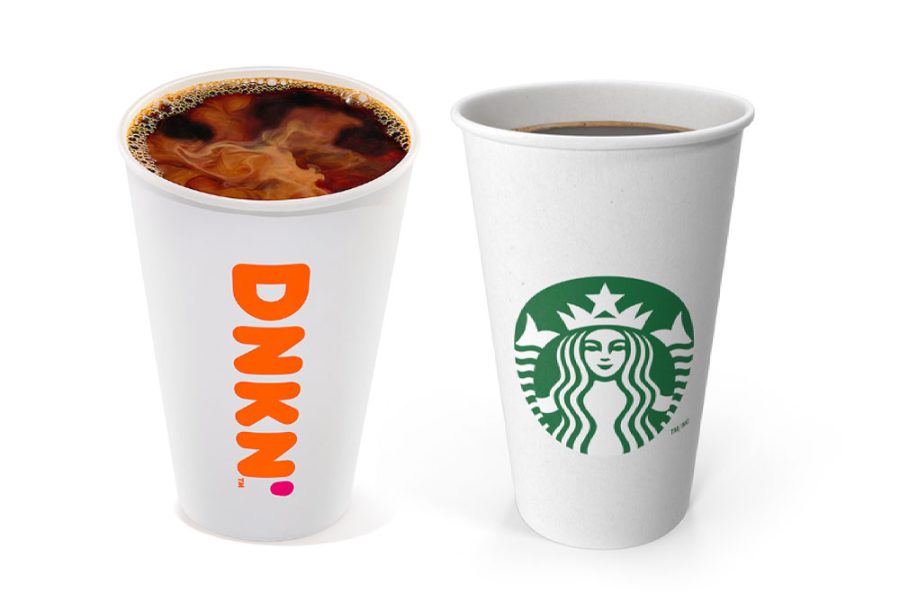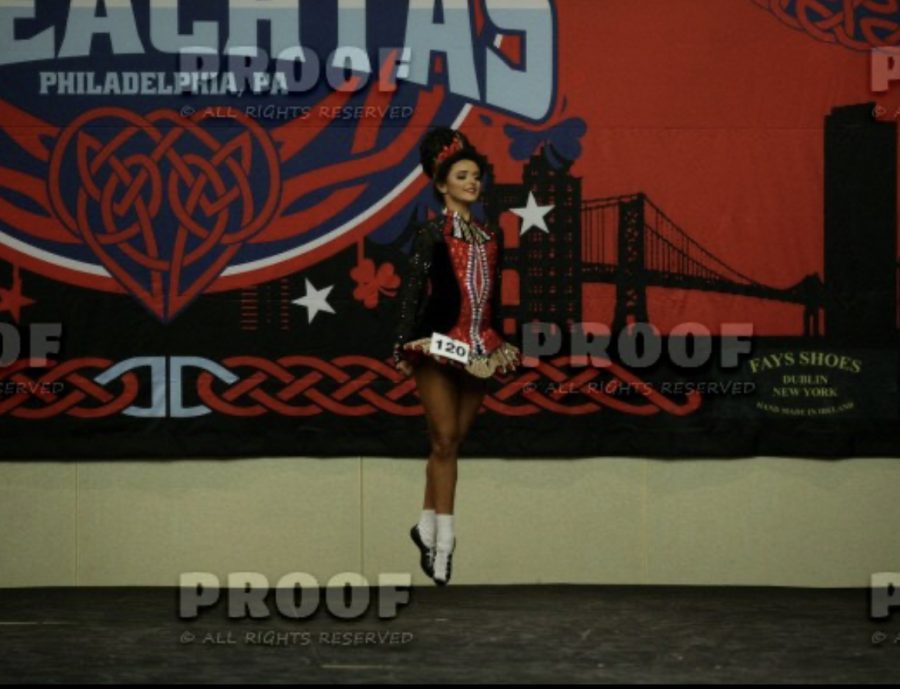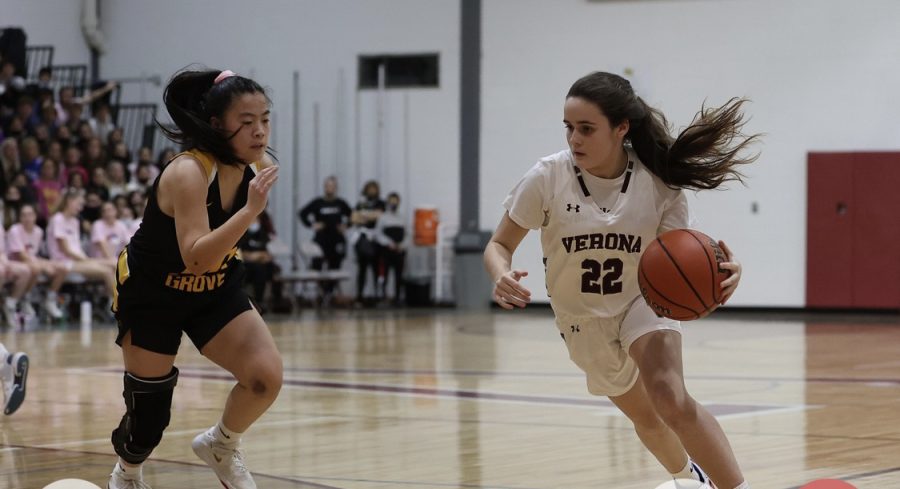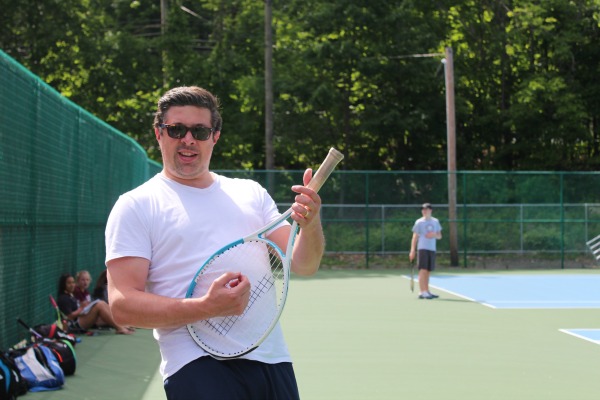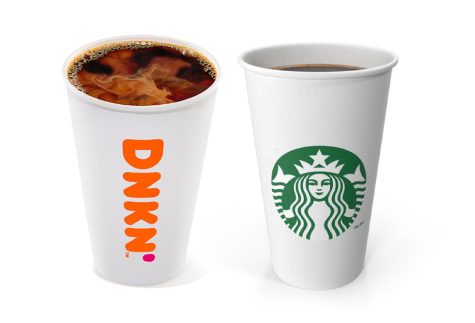Using YouTube For Fitness: Hype and Hyperfocus
I’d known about Chloe Ting long before I’d ever tried one of her workouts. Ubiquitous on Tik Tok and Instagram, she’d become something of a pandemic meme.
Her shred challenge — a two-week time frame during which participants did selected workout videos from the Australian fitness guru’s YouTube channel — became sort of synecdoche for any sort of self-improvement project taken up during pandemic-induced lockdowns. You couldn’t escape her and the countless Tik Tok videos showing the participants — most of whom were young women — taking on plank jacks and reverse crunches, hollow holds and hip-dips, all in pursuit of the elusive “flat stomach” or “six-pack” — and proudly showing off the before and after.
With its short length and accessibility (the entire schedule is available for free, and it’s all bodyweight exercises), it’s no surprise that the challenge quickly found a target audience. I, however, wasn’t drawn into the initial hype. Contrary to the clickbait video titles (“ABS in TWO WEEKS,” “Do This Workout Every Day To Lose Weight,”) I knew from the outset that a two-week fitness of moderate difficulty wouldn’t give a person with an average physique a sculpted six-pack, and some quick Google searches confirmed my suspicion. Nevertheless, I soon found myself wondering about giving the challenge a whirl myself; it’s only two weeks, and besides, I’d been looking for some sort of exercise schedule. Pride, too, was also at play: I’d surely done tougher workouts than these ten minute videos, and I couldn’t stand the thought of not trying it out.
So, eventually, I caved, and soon found myself in the ring-lit world of YouTube fitness, in which Chloe Ting leads one down a rabbit hole of smiling exercise gurus, all promising to make the most of your ten minutes, or twenty, or thirty, or ninety, if you’re so inclined. The workouts themselves were quite good; Chloe Ting and her YouTube compadres structure a video as a series of timed exercises for the user to follow along with, with each episode targeting a different muscle group or workout technique. Squat and lunge heavy legs and glutes, upper body (with dumbbells), arms and core (no dumbbells), sweaty full body HIIT, and of course, plank-happy abs workouts: I became intimate with them all, learned the difference between a glute bridge reduction and a frog pump, and had my belief that burpees were the worst cheerfully reinforced. With 30 to 50 minutes of work required per day, the Chloe Ting challenge certainly didn’t lack in its promise to make my muscles burn, and I was at least grateful for this.
And yet, I still couldn’t shake off the feeling that something was wrong. The YouTube fitness community may be vast, but the most popular creators seemed to be white women, in perfectly fitted leggings and sports bras, showing off chiseled abs and rippled biceps, grinning into the camera as they guided the viewer through yet another round of high knees. (Ting, it should be noted, isn’t white: she’s from Australia, but was born in Brunei and is of Bruneian ethnicity.) There was something deceptive about the videos, as if the workouts I did were leading me on a sweat-filled road to nowhere, all in search of impossible “gains” that a moderately active high school student such as myself would never get. Something seemed manufactured, something seemed cynical about the promise of abs in two weeks; it was a claim founded on a lie, and I had the murmuring feeling that I’d fallen into a 21st century trap, in which “hustle culture” and “grit” forced everyone to work at 200 percent at all times, and blamed a lack of success on the individual, not the culture or flawed power structures around them. Was, I wondered, the gorgeously lit, brightly toned world of YouTube fitness but another insidious product of the late stage capitalism I’d heard so much of, in which the viewer, isolated from true self-fulfillment as a consequence of economic anxiety and a loss of control over their own prospects in life, turns to the ten-minute core burn as a way to regain control, only to spiral into body-shaming misery when they never got the results they wanted? Was I, in sum, being duped?
Such concerns may seem outlandish, but they gnawed at me as I went through the challenge, and, predictably, did not get abs in two weeks. The videos were clickbait, the results a social media driven fantasy; this I knew. And yet, I couldn’t escape Chloe Ting and her soft Australian accent, effortlessly doing up-and-down jacks while endlessly encouraging her likely hapless viewer that “you got this,” and “Great job, guys!” when the workout was over. When I finished the two-week shred, I moved onto another program, fully drawn into the structure promised by the schedule and the very real beads of sweat that dripped down my face as I did lateral lunges and tuck jumps. The workouts became a strange candy to me, a half hour escape from school on a screen and politics in perpetual meltdown and a pandemic that marched onward with no end in sight; in my own personal purgatory, Chloe Ting was a moment of respite, in which all I had to worry about was whether I could hold my side plank up or do lateral delt flys without the dumbbells dropping to my sides in defeat. Ever so grudgingly, I admitted that there was merit to the videos, and even the “gains” obsessed culture around it.
After all, for all my angst around the manufactured quality of YouTube fitness, in reality, there’s nothing else as accessible for allowing anyone, anywhere to start exercising, always a good idea for a healthy lifestyle, and a must during the exponentially more stressful times of the pandemic. You don’t need a gym membership or fancy equipment; all you need is an internet connection, some open space, and possibly a set of dumbbells. There’s something rebellious about heading to Chloe Ting or MadFit for a sweat session, something more collective in spirit than heading to the gym; the viewer may be alone, but they’re a single soul among thousands of people all watching the same video and all huffing from the strain of three-stance squats.
There’s even something meditative about the videos, in which one’s familiarity with the same routine turns frantic guessing games of “can I do this exercise without falling over” into a sense of bodily awareness, as I felt the difference between the bicycle crunch and the single leg tap, marveling at the working machine that was my body and its muscle groups, expanding and contracting and stretching and flexing to move and work as a unit. Admittedly, there’s little room for meditation during a set of punishing 180 degree burpees, in which all I could think about was when the clock would run down to zero and I’d gasp for air during a ten-second rest. But, during quieter exercises, I found myself focusing on my breathing or keeping up my form, determined to push through just one more U-raise on the right leg even as everything down from glutes was on fire. I was, for a few moments, in a state of non-focus, not worrying about the crumbling world around me, and only on my ability to raise my leg one more time; and it was a state of not-focus not restricted by exclusive gym memberships or eye-poppingly expensive superfoods, only a small chunk of unfilled time.
So, no, Chloe Ting hasn’t given me abs, and I don’t expect them any time soon. But I did gain in something else, less tangible, but no less important: not-focus, hyperfocus, focus on nothing more than a single movement, a single breath. Chloe Ting might be time zones away and little more to me than a persona on a screen, but I’m grateful to her — and I’ll be back again for another sweat.


